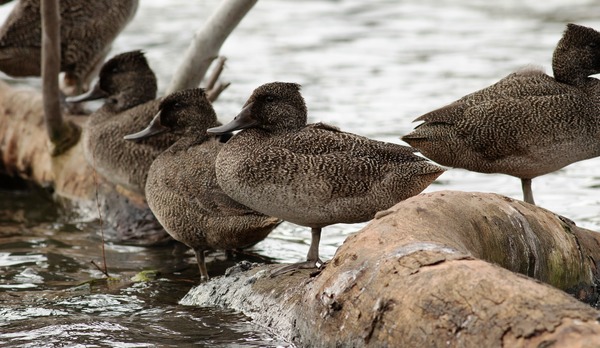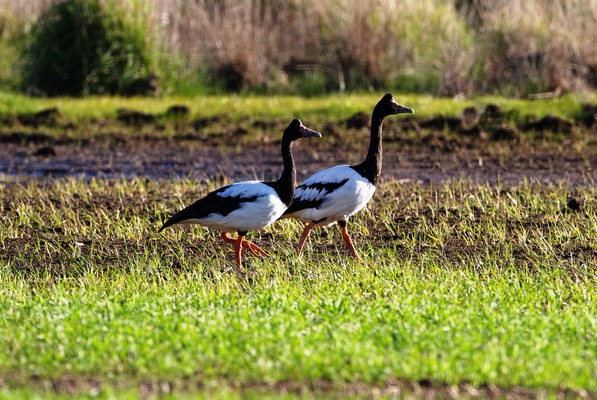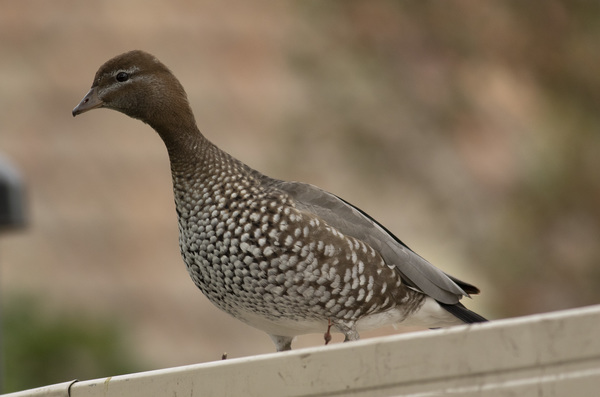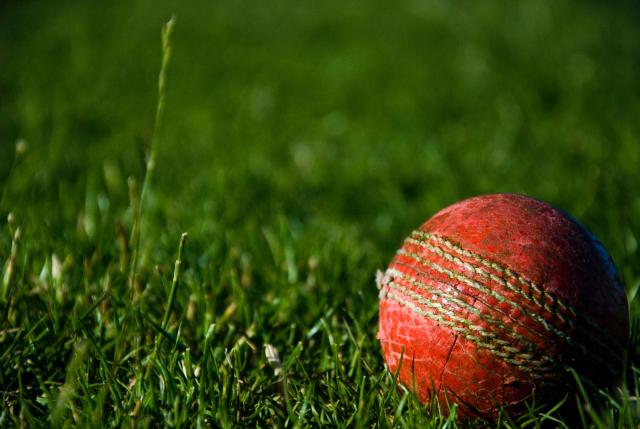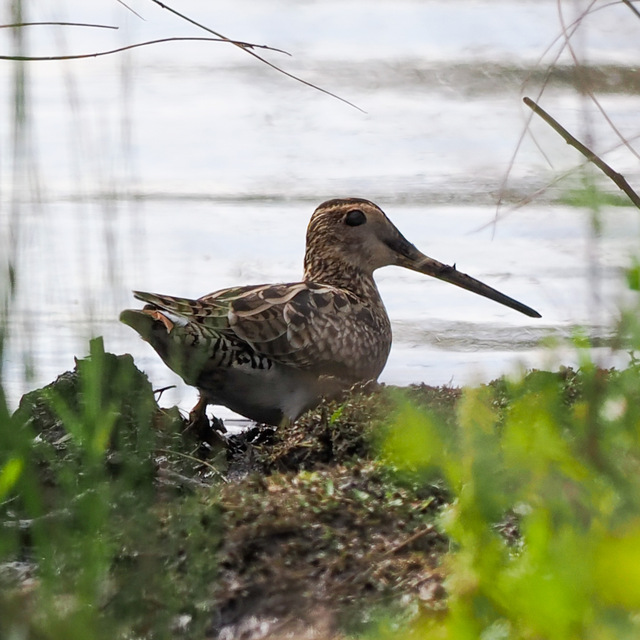I had an hour to kill around Geelong one day, so I took a drive to Bannockburn to see if I could see an owlet nightjar, once again to no avail.
I did spot a collared sparrowhawk having a splash in a pond and it did hang around for a short time with me, which was amazing.
Needless to say there were no other birds around due to the presence of the sparrowhawk, so I didn’t see anything else during my fleeting visit.
I’ve had a few drives to work via Curlewis, where I saw a sizable flock of cattle egrets (around 25 in all).
Cattle egrets are known to move habitats in winter and they often congregate in the Curlewis area at this time of year. I suppose while we still have farms in Curlewis we will have cattle egrets.
When I was driving to Curlewis through Mannerim I saw a flock of around 40 yellow-tailed black cockatoos.
I haven’t seen such large number of these wonderful birds for a long time. They were having a ball munching on pine cones and generally being their gregarious selves.
One sunny Saturday afternoon I drove around Western Treatment Plant, where the highlights were observing a few spotted crakes, a buff-banded rail, and hearing and seeing a Horsfield’s bronze cuckoo, that may have thought that spring had come early.
On the way home I drove via Lara, and saw around 60 magpie geese in a farm paddock. It was like I was back in Kakadu again.
Speaking of spring, I’ve seen a few pairs of swans making nests lately.
The pair that lives in the wetlands at Breamlea makes the best, most comfortable and bulky looking nest, and the female has been sitting on eggs for about a week now.
It must be freezing sitting on a nest at this time of year.
I also saw a pair of whistling kites making a nest somewhere around the Bellarine, which was lovely to see.
I read on the website of the Geelong Field Naturalist Club that there were 310 freckled ducks seen at Blue Waters Lake in Ocean Grove.
These ducks are Australia’s rarest waterfowl, and are classified as endangered in Victoria. Apparently freckled ducks are forced to disperse towards coastal wetlands when there is a drought, so they may congregate into flocks on whatever wetlands are available.
Maybe there are many freckled ducks at Blue Waters Lake due to the ongoing drought in other regions of Southern Australia.
Blue Waters Lake is always a lovely place to explore, and I saw good numbers of dusky moorhens, royal spoonbills, nankeen night herons, and a few pink-eared ducks.
I received a message from Christine and David who live in old Ocean Grove.
They have an old yellow gum in their back yard and a few pairs of wood ducks nest in the tree hollows every year.
I went around and one pair of wood ducks was on the tree. We have guessed in previous years that the wood ducks walk their young to Blue Waters Lake after hatching, which is quite a distance. David said that a few of the old yellow gum trees have been completely removed from their area lately, which is such a shame, especially since they were healthy trees.
I also received an email from Kevin, who reported that a friend of his was lamenting the lack of insects in Australia.
His friend said that 30 years ago there was an abundance of bees, sand flies, blow flies, midges, moths, crickets and mosquitoes in the area where he lives, but now there are none.
He couldn’t open a door at night-time without getting swarmed by insects and he couldn’t drive without getting his windscreen splattered with the remains of insects.
Speaking of sad events, the lakes at the TLC Homestead Lakes Residential Aged Care in Wallington will be filled in a few weeks, which will bury frogs, turtles and other creatures under tons of dirt and concrete when a car park is created.

